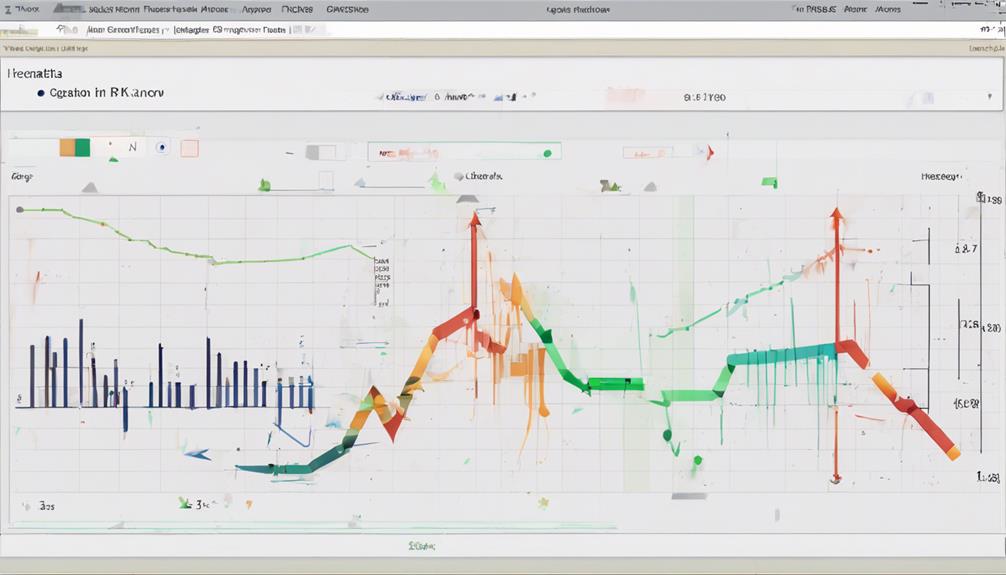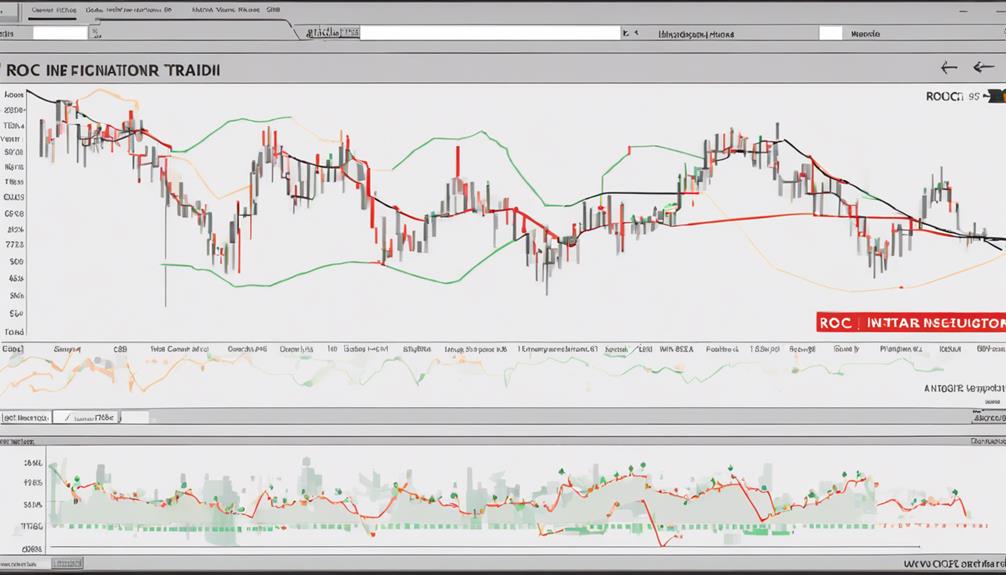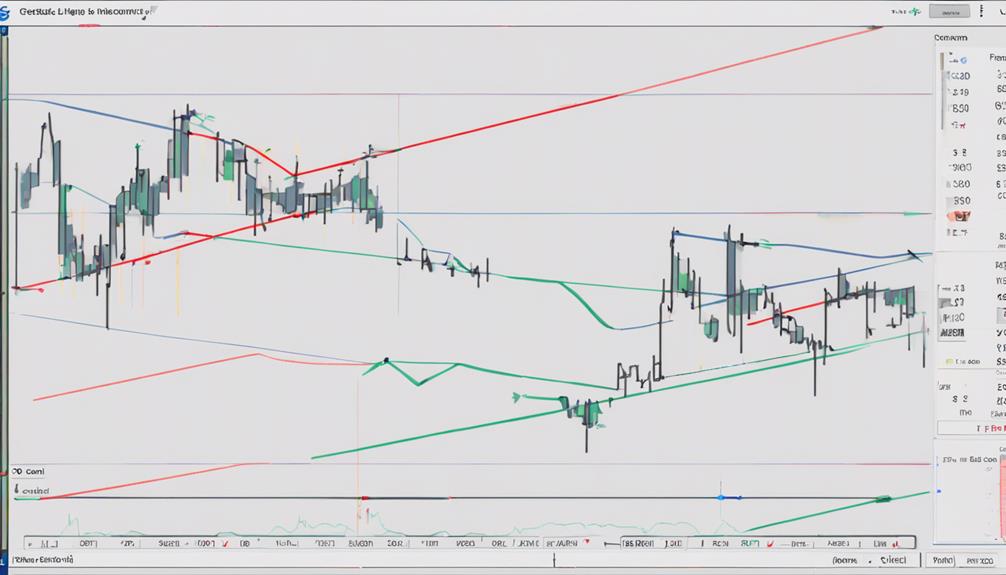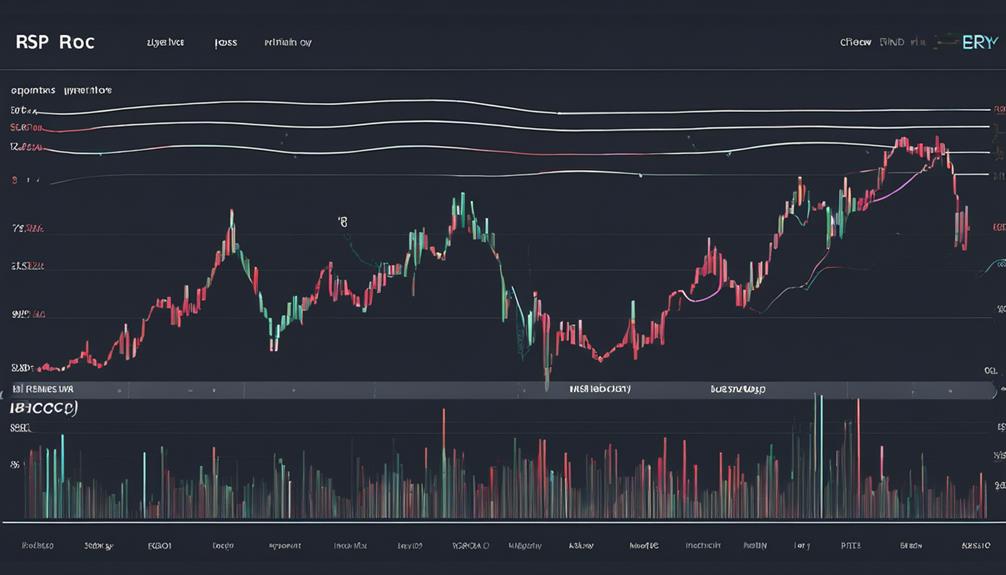In the realm of technical analysis, the Rate of Change (ROC) indicator stands as a key tool for traders seeking to gauge price momentum and potential market shifts. However, when juxtaposed with other technical indicators, such as the Moving Average Convergence Divergence (MACD) or Relative Strength Index (RSI), nuances in methodology and interpretation come to light.
While the ROC offers insights into momentum shifts through percentage calculations, its effectiveness in isolation may vary. By exploring how the ROC aligns or diverges from other indicators, traders can uncover a more comprehensive view of market dynamics and potentially refine their trading strategies for enhanced precision and profitability.
Understanding ROC Indicator Basics
The Rate of Change (ROC) indicator, a fundamental tool in technical analysis, serves as a momentum indicator crucial for assessing the velocity of price fluctuations within a security. ROC calculates the percentage change between the current price and a price from a specified number of periods ago. This calculation helps traders identify overbought or oversold conditions in the market based on whether the ROC value is positive or negative. Moreover, ROC is instrumental in detecting divergences, crossovers, and confirming trends within trading strategies.
Unlike some oscillators, ROC does not have predefined overbought or oversold levels. Instead, traders rely on historical extreme levels for analysis. This feature allows ROC to provide valuable insights into the momentum of price movements without being constrained by fixed boundaries. By understanding the basics of ROC, traders can leverage this indicator to make informed decisions regarding market entry and exit points, as well as overall trend analysis.
ROC Indicator Calculation Process

Initiating the calculation process for the Rate of Change (ROC) indicator involves determining the percentage change between the current price of a security and its price from a specific number of periods ago. This calculation is carried out by subtracting the previous price from the current price, dividing by the previous price, and then multiplying by 100 to obtain the ROC value.
The ROC indicator is a valuable tool in trading as it acts as a moving momentum oscillator, reflecting the pace of price change within a security. By analyzing ROC values, traders can identify both positive and negative momentum shifts as the indicator oscillates above and below the zero line. This provides insights into potential buying or selling opportunities based on trend analysis.
Additionally, the ROC indicator can help spot divergences, determine overbought or oversold conditions, and generate signals for entering or exiting trades.
ROC Indicator Interpretation in Trading

Analyzing the Rate of Change (ROC) indicator in trading provides valuable insights into price momentum dynamics and potential market trends. The ROC measures the speed of price changes by comparing the current price to a price n periods ago. Positive ROC values indicate bullish momentum, while negative values suggest bearish sentiment, helping traders identify overbought and oversold conditions, as well as potential trend reversals.
Additionally, centerline crossovers in ROC can signal shifts in market trends and provide trading opportunities. By incorporating ROC with other technical indicators, traders enhance their trading analysis and decision-making processes. This integration allows for a more comprehensive understanding of price movements, momentum, and signals that can aid in predicting trend reversals and capturing profitable trading opportunities based on the insights derived from the ROC indicator.
ROC Indicator Vs. Momentum Indicator

Comparing the ROC indicator with the Momentum indicator reveals distinct differences in their approach to measuring price changes and assessing market momentum dynamics. The Rate of Change (ROC) indicator calculates the percentage change in price between the current and past periods, while the Momentum indicator uses absolute values to depict price changes. Additionally, the centerline for ROC is at 0, indicating neutrality, whereas the Momentum indicator's centerline is at 100, providing a reference point for determining bullish or bearish momentum.
One key disparity is that ROC gives equal weight to current and past prices in its calculation, while the Momentum indicator evaluates price changes solely based on absolute values. Traders should note that ROC may be more susceptible to whipsaws during market consolidations compared to the Momentum indicator.
When selecting between the two indicators, traders may consider their preferences for percentage-based analysis with ROC or absolute-value-based analysis with the Momentum indicator. These distinctions highlight the importance of understanding each indicator's unique characteristics and implications for market analysis.
Comparing ROC Indicator With Other Tools

The ROC indicator, known for measuring price changes over a specific period, distinguishes itself from other tools like RSI, Stochastic, Williams %R, and MACD by focusing on the speed of price changes for momentum analysis. When comparing ROC with these tools:
- ROC calculates the percentage change in price over a specific period, while RSI evaluates the relative strength of price gains versus losses.
- Stochastic indicator analyzes the closing price relative to a price range, contrasting with ROC's focus on percentage price change.
- Williams %R compares the current close to the high-low range over a specific period, contrasting with ROC's calculation of percentage change between current and past prices.
While RSI, Stochastics, Williams %R, and MACD provide diverse insights into market conditions and trends, ROC's unique emphasis on the rate of price change offers a specific perspective on momentum shifts in the market.
How Does ROC Indicator Compare to Other Technical Indicators in Analysis?
The ROC indicator analysis explained demonstrates how it compares to other technical indicators in trading. While some indicators focus on price trends, the ROC indicator measures momentum. This can provide valuable insight into potential trend reversals and market shifts, complementing other technical analysis tools.
Frequently Asked Questions
Which Is Better RSI or Roc?
When considering whether RSI or ROC is better, it's crucial to understand that RSI evaluates price change magnitude and trend strength, while ROC measures the speed of price changes and momentum. The choice depends on trading style, market conditions, and desired insights.
Is ROC a Good Indicator?
The ROC indicator is a valuable tool for assessing market momentum and potential overbought or oversold conditions. It aids traders in confirming trends, identifying breakouts, and timing market entries and exits effectively, making it a good indicator for informed decision-making.
What Is the Best Technical Analysis Indicator?
When determining the best technical analysis indicator, traders should consider their trading style, market conditions, and risk tolerance. Common indicators like Moving Averages, RSI, Stochastic Oscillator, and MACD are popular choices, but effectiveness varies based on individual strategies.
How Do You Interpret ROC in Technical Analysis?
In technical analysis, interpreting ROC involves analyzing percentage changes in price over a specified period. Positive values signal bullish sentiment, negative values indicate bearish sentiment. ROC helps identify market momentum, overbought/oversold conditions, crossovers, and divergences.
Conclusion
In conclusion, the Rate of Change (ROC) indicator offers valuable insights into price momentum and trend reversals in trading.
By comparing the ROC with other technical indicators like the Momentum Indicator, traders can make more informed decisions.
While early divergence signals from the ROC may not always lead to immediate price reversals, combining it with other tools can improve trading accuracy.
Understanding the nuances of different indicators is crucial for successful trading strategies.
